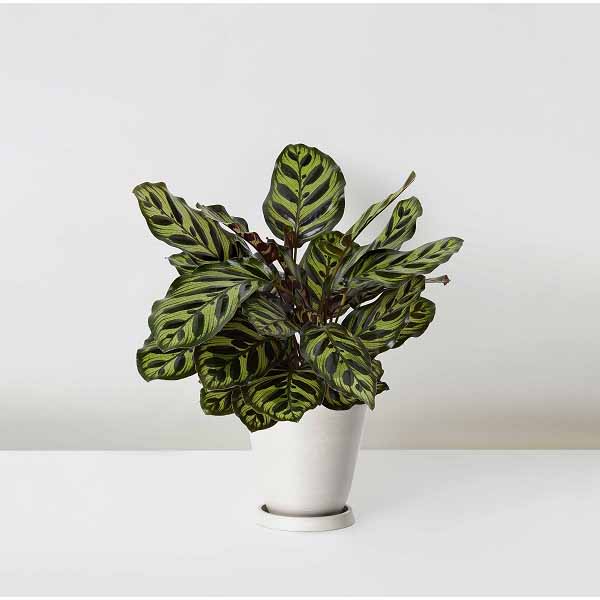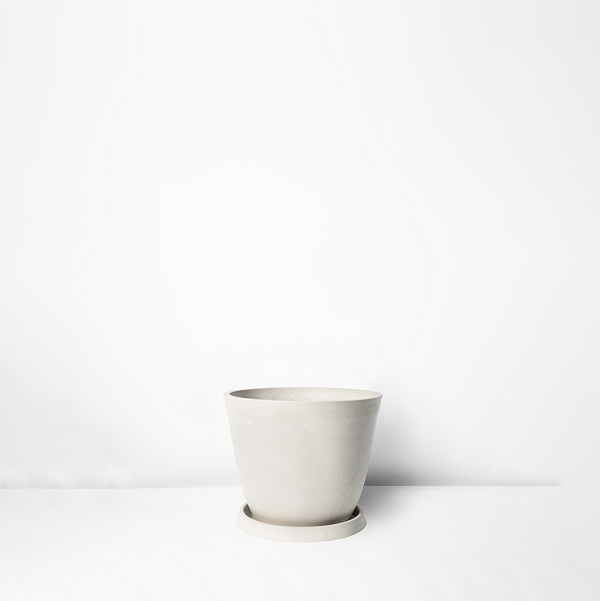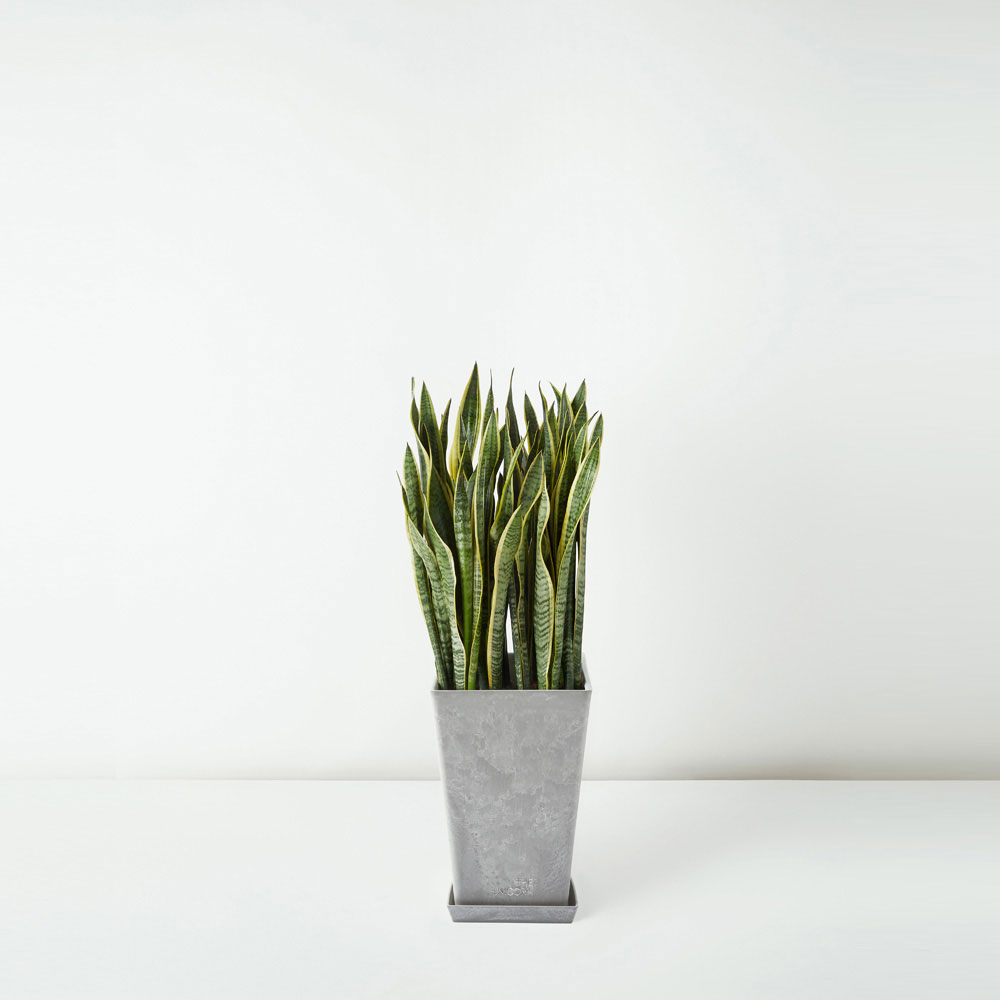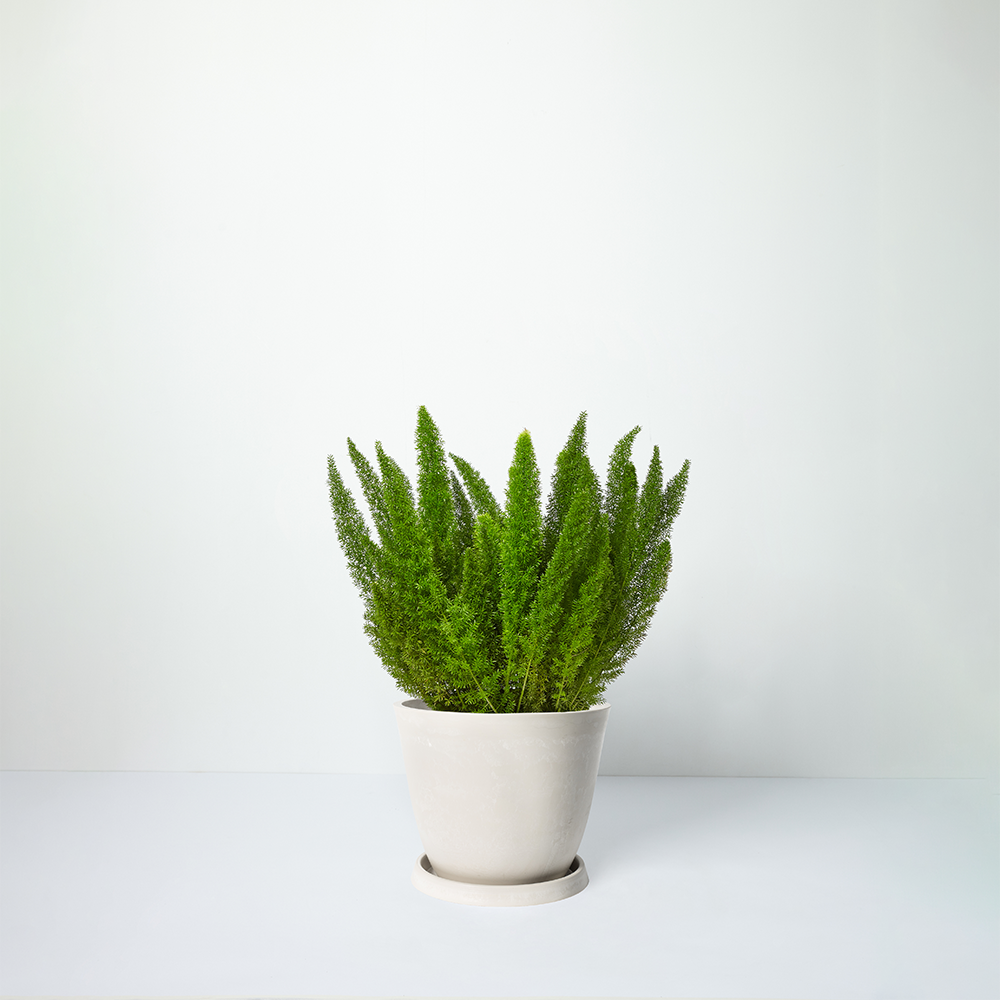The Best Watering Practice
Discover the best practices for watering indoor plants effectively. From checking soil moisture levels to adjusting watering frequencies, learn how to ensure optimal growth and health for your indoor plants. Explore high, medium, and low-frequency watering instructions for different plant types.
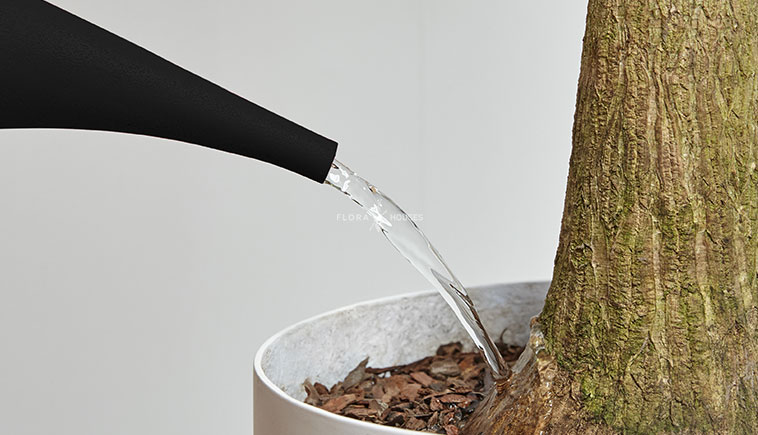
Proper watering is crucial for the healthy growth of indoor plants. While following suggested watering amounts and frequencies is important, it's equally essential to consider the actual condition of your plants. In this comprehensive guide, we provide best practices based on our experience to help you water your indoor plants effectively.
Step 1:
Remove the soil cover (e.g. pine bark)
Step 2:
Insert your finger or a chopstick approximately 5-7 cm deep into the soil.
Step 3:
If the soil feels dry, evenly water the soil (start with 800ml for floor plants and 250ml for table plants).
Step 4:
If water doesn't drain out of the saucer, continue watering. Once water starts to drain, remove any excess water.
Step 5:
Observe the water needs of your plants and adjust the watering interval accordingly.
Important Points to Remember:
#Ensure water reaches the bottom part of the soil by watering until it drains out.
#Remove excess water to prevent mosquito breeding.
#Remember that over-watering can lead to more significant issues than under-watering.
More about watering instructions:
|
High Frequency - Water When the topsoil is dry / Keep the soil moist |
Check the soil moisture level every 3 to 4 days Check the soil moisture level every 3 to 4 days. Water the plant when approximately 10-20% of the soil is dry. Examples: Dracaena Sanderiana var. virens, Fagraea Ceilanica |
|
Medium Frequency - Water When topsoil is dry |
Check the soil moisture level every 5 to 7 days Water the plant when approximately 25% of the soil is dry. Examples:Tree Philodendron |
|
Medium Frequency - Water When the middle layer of soil is dry |
Check the soil moisture level every 7 to 9 days. Water the plant when approximately 50% of the soil is dry. Examples:Swiss Cheese Plant Dracaena Fragrans, Dracaena deremensis ‘Compacta |
|
Low Frequency - Water When most of the soil is dry [80% of the soil] |
Check the soil moisture level every 10 to 12 days. Water the plant when approximately 80% of the soil is dry. Examples: Sansevieria Trifasciata, Zanzibar Gem, Pachira Macrocarpa |



